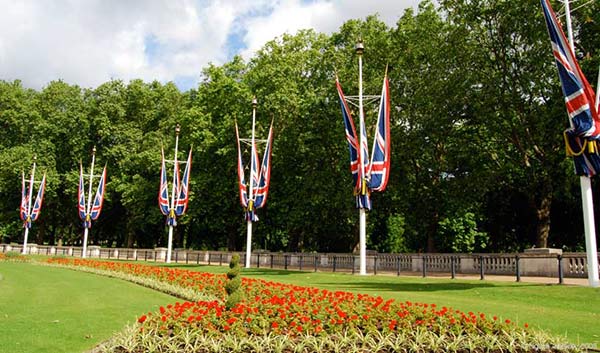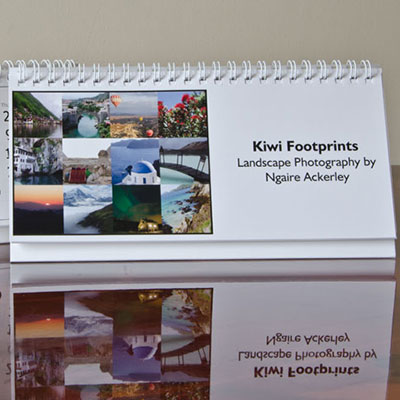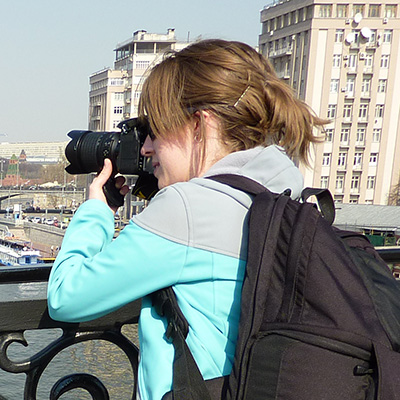Narrative Photography, Part 3: Denotation, Connotation and Visual Semiotics
Posted on: 25 Nov 2012
Written by: Ngaire Ackerley

The gondola’s of Venice are so widely known that the reader of this photograph can realise the country and city quite easily.
After a busy few months, I thought it was about time to follow up from my last blog post about Narrative Photography: Communication through photography. This month I’m sharing the portion of my thesis that looks into ways people interpret photographs a bit more.
Denotation and connotation
To get started on understanding how people interpret photographs we need to understand the difference between denotation and connotation.
Denotation is generally the subject matter being photographed and connotation is how it is being photographed (Parsa, 2004). Connotation is ideological and emotional. It is dependent on the background of the interpreter, different genders, ages and cultures can create different interpretations. Denotation may be agreed on many people from a similar background, while connotation is subjective unless it is an obvious part of a culture (Chandler, 2002).
Connotation can be created by the photographers’ techniques or methods such as metaphors or symbolic messages. There is also a third level that comes from connotation called mythological. It is very similar to connotation, however, instead of expressing a message it describes more cultural details that are separate from the subject “such as masculinity, femininity, freedom, individualism, Englishness and so on” (Chandler, 2002, para. 19). These can add subtle details that create a stronger communication value to the composition.

A meeting house on a Marae is an important part of the New Zealand Maori Culture, understanding its purpose and what it is, is easier for people that come from a New Zealand or Maori culture background or have visited one.
Visual Semiotics
Visual Semiotics can be separated into three sections of signs: icon, index and symbol. Harrison (2003) and Hopes (1991, as cited in Moriarty, 1994) describe an icon as a representation of something people would recognise in reality.
Indices occur through contact. Something may occur that leaves a trace of something such as wet footprints left by shoes or a flag flying at half-mast. Indices can often seem a more appropriate way to persuade an audience of something because they seem more subtle than icons and symbols. A symbol has meaning without having a direct connection with something, making itself arbitrary.

Using flags in photographs is an easy way to tell the viewer what country the photograph has been taken in or what countries are involved in the subject matter.
Next Month: The way photographs are composed can influence how the audience reads them. It is not always an audience’s culture that determines how the photograph will be interpreted. Next month I’ll look into photographic inquiry that describes the different methods or ideas behind composing a photograph is a certain way.
Missed the previous post in this series? Check out Narrative Photography, Part 2: Communication through Photography »
References from this post include:
Chandler, D. (1994, 28.03.2002). Semiotics for Beginners. Retrieved March 12, 2008, from www.aber.ac.uk/media/Documents/S4B/sem06.html
Harrison, C. (2003). Visual Social Semiotics: Understanding How Still Images Make Meaning [Electronic Version]. Technical Communication, 50(1), 46-60. Retrieved February 2003, from http://cim.anadolu.edu.tr/pdf/2004/1130853696
Moriarty, S. (1994). Visemics: A Proposal for a Marriage Between Semiotics and Visual Communication. Paper presented at the Visual Communication 94 Conference, California. Retrieved March 3, 2008, from http://spot.colorado.edu/~moriarts/visemics.html
Parsa, A. F. (2004). Visual Semiotics: How Still Images Mean? Interpreting Still Images By Using Semiotic Approaches [Electronic Version]. Retrieved February 19, 2008, from http://cim.anadolu.edu.tr/pdf/2004/1130853696.pdf
« Back to Blog


